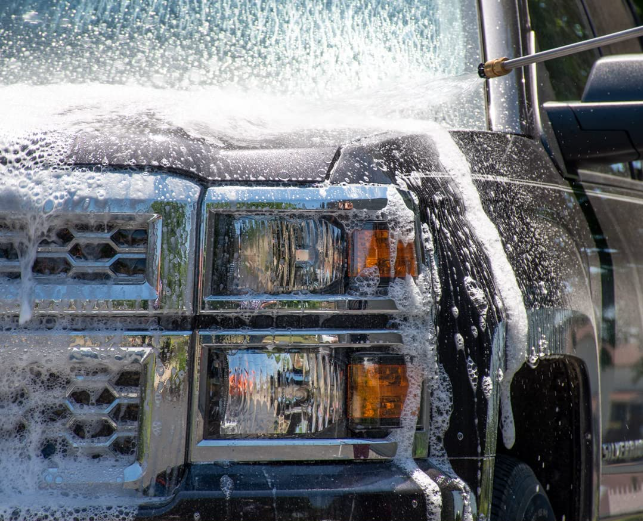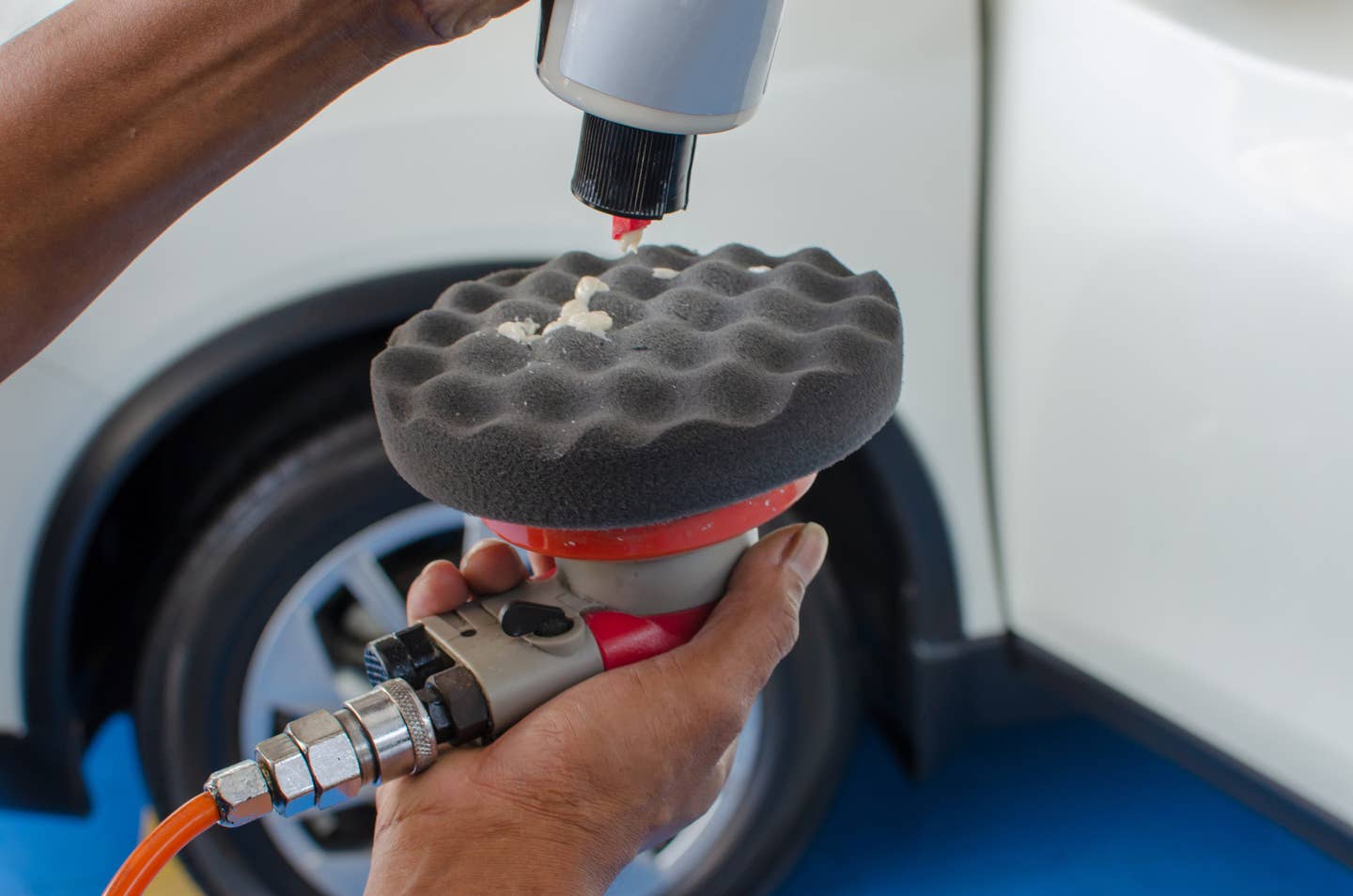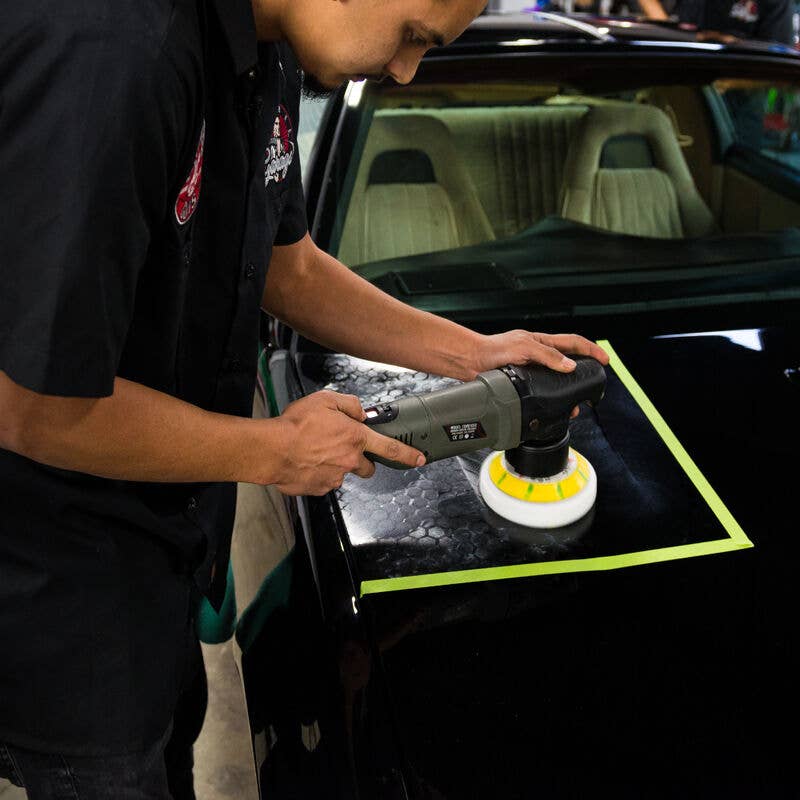How to Protect Your Car After Buffing
After buffing your car, it is important to take the necessary steps to protect it from the elements. Buffing your car can help to restore its shine and remove any scratches or blemishes, but it is important to protect the car afterwards to ensure that the buffing job lasts. Here are some tips to help protect your car after buffing.

1. Wax the car. Waxing your car after buffing will help to protect the paint and keep it looking shiny and new. Waxing will also help to protect the paint from the sun’s UV rays and other environmental elements.
2. Use a sealant. A sealant is a protective coating that can be applied to the car’s paint after buffing. Sealants help to protect the paint from dirt, dust, and other contaminants.
3. Apply a ceramic coating. A ceramic coating is a protective layer that can be applied to the car’s paint after buffing. Ceramic coatings help to protect the paint from scratches, fading, and other damage.
4. Use a car cover. A car cover is a great way to protect your car from the elements. Car covers help to keep the car clean and free from dirt, dust, and other contaminants.
By following these tips, you can help to protect your car after buffing and keep it looking shiny and new for years to come.
Tips for Buffing Out Scratches and Swirl Marks

1. Wash the car thoroughly with a mild soap and water to remove any dirt or debris that may be present.
2. Use a clay bar to remove any embedded contaminants from the paint surface.
3. Apply a pre-wax cleaner to the car to remove any wax or sealant that may be present.
4. Use a polishing compound to buff out the scratches and swirl marks. Start with a light-cut compound and work your way up to a heavier-cut compound if necessary.
5. Use a soft, clean cloth to buff the area until the scratches and swirl marks are removed.
6. Apply a wax or sealant to the area to protect the paint and help prevent future scratches and swirl marks.
7. Use a clean, soft cloth to buff the wax or sealant to a high shine.
8. If necessary, use a detailing spray to remove any remaining residue.
Step-by-Step Guide to Buffing Your Car

1. Prepare the Vehicle: Before beginning the buffing process, it is important to make sure the vehicle is clean and free of dirt and debris. Wash the car with a mild soap and water, and then dry it with a clean, soft cloth.
2. Choose the Right Buffing Tool: There are several different types of buffing tools available, including electric buffers, orbital buffers, and hand buffers. Choose the one that best suits your needs and the type of vehicle you are working on.
3. Select the Right Compound: Different compounds are used for different types of vehicles and finishes. Choose a compound that is designed for the type of vehicle you are working on and the type of finish you are trying to achieve.
4. Apply the Compound: Apply the compound to the buffing pad and then to the vehicle. Start in a small area and work in a circular motion. Move the buffer in a slow, steady motion, making sure to cover the entire area.
5. Buff the Vehicle: Once the compound has been applied, begin buffing the vehicle. Move the buffer in a slow, steady motion, making sure to cover the entire area.
6. Clean the Vehicle: Once the buffing is complete, use a clean, soft cloth to remove any excess compound from the vehicle.
7. Wax the Vehicle: After the buffing is complete, apply a coat of wax to the vehicle. This will help protect the finish and make it shine.
Following these steps will help ensure that your car is buffed properly and that the finish is protected. With a little bit of time and effort, you can make your car look like new again.
How to Prepare Your Car for Buffing
Buffing your car is an important part of keeping it looking its best. It can help to restore the shine and luster of your car’s paint job, and can even help to protect it from the elements. However, before you begin buffing your car, there are a few steps you should take to ensure that the process goes smoothly.
The first step is to thoroughly wash your car. This will help to remove any dirt, dust, or debris that may be on the surface of your car. Make sure to use a mild soap and a soft cloth or sponge to avoid scratching the paint. Once the car is clean, you should dry it off with a clean, soft cloth.
Next, you should inspect the car for any scratches or chips in the paint. If you find any, you should use a touch-up paint to fill them in. This will help to ensure that the buffing process does not cause any further damage.
Once the car is clean and any scratches have been filled in, you should apply a wax or sealant to the car. This will help to protect the paint from the buffing process and will also help to make the car look even shinier.
Finally, you should make sure that you have all the necessary supplies for buffing your car. This includes a buffer, a buffing pad, and a polishing compound. Make sure to read the instructions on the products you are using to ensure that you are using them correctly.
Once you have all the necessary supplies, you can begin buffing your car. Start by applying the polishing compound to the buffing pad and then use the buffer to move the pad in a circular motion over the car’s surface. Make sure to move the buffer in a consistent pattern to ensure that the car is evenly buffed.
Buffing your car is an important part of keeping it looking its best. By following these steps, you can ensure that the process goes smoothly and that your car looks its best.
How to Choose the Right Car Buffing Tools and Supplies
When it comes to car buffing, having the right tools and supplies is essential for achieving the best results. With the right equipment, you can make your car look like new again. However, with so many different car buffing tools and supplies available, it can be difficult to know which ones are best for your needs. To help you make the right choice, here are some tips for choosing the right car buffing tools and supplies.
First, consider the type of car you have. Different cars require different types of buffing tools and supplies. For example, if you have a classic car, you may need to use a different type of buffing tool than if you have a newer model. Additionally, the type of paint on your car will also determine the type of buffing tools and supplies you need.
Second, consider the type of buffing job you need to do. Different types of buffing jobs require different types of tools and supplies. For example, if you are buffing out scratches, you may need a different type of buffing tool than if you are polishing the paint. Additionally, the type of finish you are looking for will also determine the type of buffing tools and supplies you need.
Third, consider the size of the area you need to buff. Different buffing tools and supplies are designed for different sized areas. For example, if you are buffing a large area, you may need a larger buffing tool than if you are buffing a small area. Additionally, the type of buffing job you are doing will also determine the size of the buffing tool you need.
Finally, consider the cost of the buffing tools and supplies. Different types of buffing tools and supplies can vary greatly in price. Therefore, it is important to compare prices before making a purchase. Additionally, it is important to consider the quality of the buffing tools and supplies you are purchasing. Quality tools and supplies will last longer and provide better results.
By following these tips, you can ensure that you choose the right car buffing tools and supplies for your needs. With the right tools and supplies, you can make your car look like new again.
Conclusion
In conclusion, buffing your car is a great way to keep it looking its best. It is a relatively simple process that can be done at home with the right supplies and a bit of patience. Buffing your car will help to remove scratches, swirls, and oxidation, and will leave your car looking like new. With regular buffing, you can keep your car looking great for years to come.









